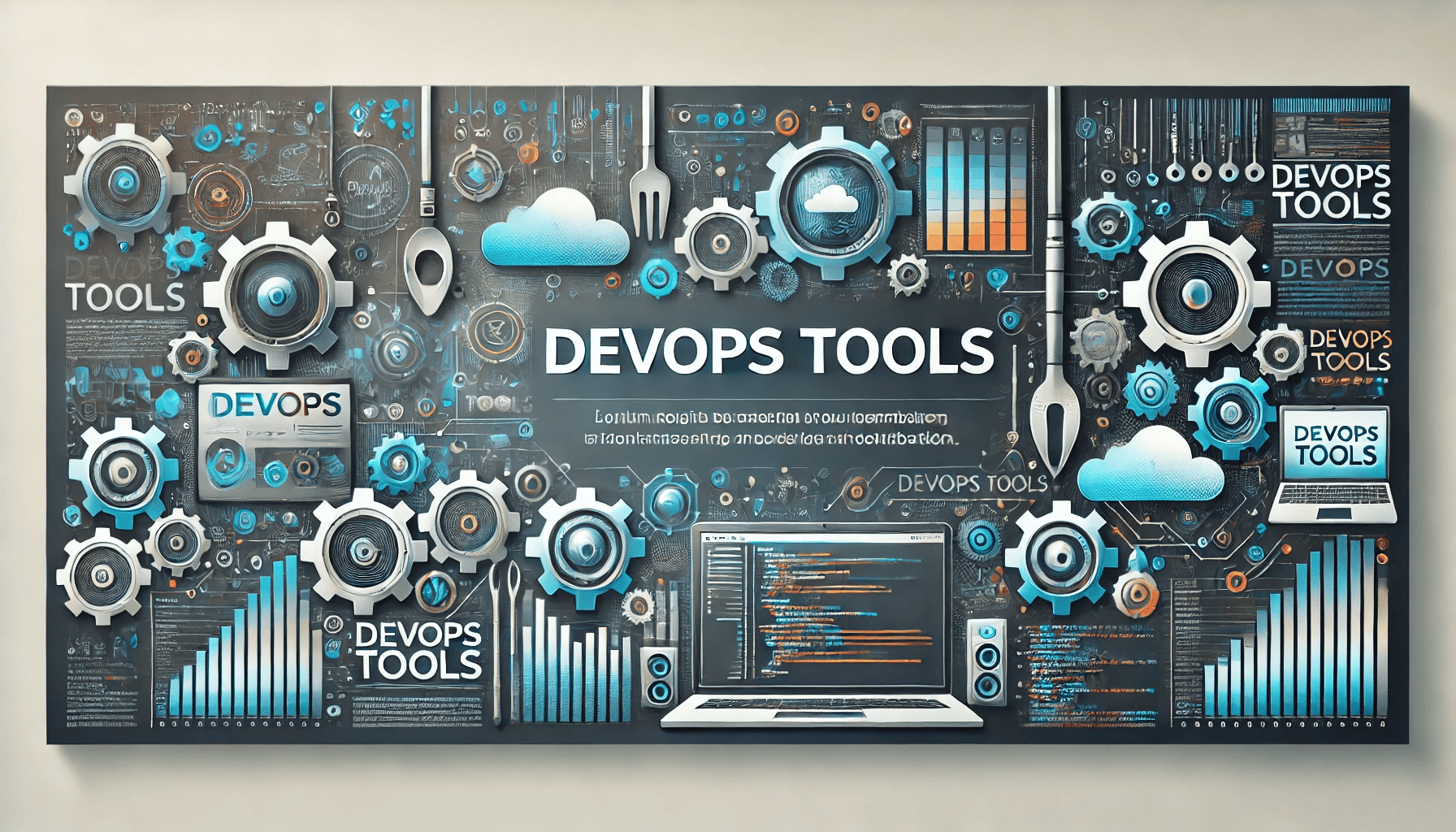Ansible Best Practices: Crafting Secure, Reusable, and Scalable Automation
 When I first got my hands on Ansible, I felt an electrifying sense of potential. With just a few lines of YAML, I could configure, deploy, and manage servers in ways that used to require significant manual effort—or lengthy scripts that were a headache to maintain. Over time, I learned that harnessing Ansible’s true power means going beyond simple playbooks and investing in best practices that maximize security, reusability, and overall project maintainability. Today, I’d like to share some of the strategies and insights I’ve gathered along the way, in hopes that you’ll find them as indispensable as I have.
When I first got my hands on Ansible, I felt an electrifying sense of potential. With just a few lines of YAML, I could configure, deploy, and manage servers in ways that used to require significant manual effort—or lengthy scripts that were a headache to maintain. Over time, I learned that harnessing Ansible’s true power means going beyond simple playbooks and investing in best practices that maximize security, reusability, and overall project maintainability. Today, I’d like to share some of the strategies and insights I’ve gathered along the way, in hopes that you’ll find them as indispensable as I have.

1. Embrace a Structured Project Layout
Nothing hampers an Ansible project more than a chaotic, sprawling directory structure. The best way to ensure your playbooks remain organized and easy to maintain is by following a clear, conventional layout. Ansible suggests (and I wholeheartedly agree) that you create dedicated folders for your group vars, host vars, roles, and inventories. Here’s a simple example of a project layout:
my-ansible-project/
├─ ansible.cfg
├─ inventory/
│ ├─ hosts/
│ └─ all.yml
│ └─ group_vars/
│ └─ all.yml
├─ roles/
│ ├─ common/
│ │ ├─ tasks/
│ │ ├─ handlers/
│ │ └─ templates/
│ └─ webserver/
├─ playbooks/
│ ├─ site.yml
│ ├─ webserver.yml
│ └─ common.yml
└─ README.md
By having these well-defined directories, you can easily locate variables, tasks, and templates. This structure also invites collaboration—team members can quickly find and modify the relevant parts of the configuration without rummaging through a jumble of files.
2. Secure Your Secrets with Ansible Vault
One of my biggest concerns whenever I manage infrastructure is keeping secrets secure. You don’t want passwords or API keys floating around in plain text within your repository. That’s where Ansible Vault comes in. It allows you to encrypt sensitive variables or even entire files while still storing them in source control.
To get started, you can encrypt a file like this:
ansible-vault encrypt vars/secrets.yml
Whenever you need to run a playbook that references these secrets, you simply include the vault password file or prompt:
ansible-playbook site.yml --ask-vault-pass
It might feel like a small step, but using Ansible Vault consistently is a hallmark of a secure automation pipeline. Instead of worrying about accidental data exposure, you can rest easy knowing only authorized team members with the vault password can view or edit sensitive information.
3. Leverage Roles for Modularity and Reusability
One of Ansible’s most powerful features is the role concept. Roles group together tasks, variables, handlers, and templates to form a reusable unit. Let’s say you have a cluster of web servers that all need the same configuration: installing Nginx, adding a standard nginx.conf template, and setting up firewall rules. You could write out those tasks every time—or you could create a webserver role.
Here’s how you might structure that role:
roles/
└─ webserver/
├─ tasks/
│ └─ main.yml
├─ handlers/
│ └─ main.yml
├─ templates/
│ └─ nginx.conf.j2
└─ defaults/
└─ main.yml
- tasks/main.yml contains all the steps to install and configure the web server.
- handlers/main.yml might have the commands to restart Nginx upon configuration changes.
- templates/nginx.conf.j2 is a Jinja2 template for the Nginx configuration file.
- defaults/main.yml can define default variables (like the Nginx version you want to install).
By creating this role once, you can apply it repeatedly across different environments, servers, or projects—saving you from the tedium and errors of repetitive tasks.
4. Keep Your Playbooks Clean and Idempotent
Whenever I write Ansible tasks, I aim for them to be both clear and idempotent. In the simplest terms, idempotent means that running a task multiple times won’t produce unexpected side effects.
Take a common example: installing a package. If you run this task a second time, you don’t want Ansible to reinstall the package or fail because it’s already present. Idempotent tasks ensure the environment is precisely in the state we intend, every time. For instance:
- name: Install Nginx
apt:
name: nginx
state: present
No matter how many times this runs, Ansible checks if Nginx is present and installs it only if needed. Maintaining idempotence across all your tasks gives you the confidence to run your playbooks without worrying about side effects.
5. Use Variables Wisely
Variables are central to making Ansible playbooks flexible and easy to customize. However, it’s crucial to handle them carefully:
- Scope Appropriately: Define variables in the narrowest scope possible. For instance, if a certain variable is used by only one role, place it in that role’s
defaultsdirectory orvarsdirectory rather than at the inventory-wide level. - Prioritize for Clarity: Ansible has a well-defined variable precedence system. Be mindful of whether you’re overriding a variable in
group_vars,host_vars, or in a role. Keep track of where certain values are coming from. - Secure Sensitive Values: If a variable holds sensitive data (passwords, tokens, etc.), be sure to encrypt it using Ansible Vault.
This thoughtful approach to variables will save you confusion down the line, especially in large-scale or multi-environment projects where variable collisions can occur.
6. Configure ansible.cfg for SSH Options and More
The ansible.cfg file is often overlooked, but it’s a powerful way to set default behaviors for how Ansible connects to remote hosts, where it looks for inventory, and how it handles various runtime settings. By centralizing these options in ansible.cfg, you can ensure consistent behavior across all your playbooks without repeating configuration in every command.
A typical (and minimal) ansible.cfg might look like this:
[defaults]
inventory = inventory/
remote_user = ansible
roles_path = roles/
vault_password_file = ./.vault_pass
bin_ansible_callbacks = True
callback_whitelist = timer
forks = 10
stdout_callback = yaml
timeout = 60
transport = ssh
[ssh_connection]
control_path = %(directory)s/%%h-%%r
pipelining = True
retries = 2
scp_if_ssh = True
ssh_args = -o ForwardAgent=yes -o StrictHostKeyChecking=no
ssh_args = -F ssh.config
Here are some key options and why they matter:
-
Inventory Path
Set once so you don’t need to pass-ievery time. -
Remote User
Keeps yourremote_userconsistent across tasks. -
SSH Arguments
Customize with flags likeForwardAgent,StrictHostKeyChecking=no, orProxyJump:ssh_args = -o ProxyJump=bastion-user@bastion.example.comor point to a file for even more customization:
ssh_args = -F ssh.configThis is especially helpful in private networks or multi-VPC environments.
-
Control Path
Avoids overly long UNIX socket paths. -
Pipelining
Speeds up SSH-based operations by reducing the overhead of sudo prompts.
Thoughtfully managing ansible.cfg goes a long way in making your automation work feel seamless and efficient, even across complex infrastructures.
7. Separate Configuration from Inventory
In many cases, you’ll want to maintain separate files for inventory (which defines which hosts you’ll manage) and the playbooks or roles that define the configuration. This division allows you to scale your operations easily, particularly if you have multiple environments (development, staging, production). A typical arrangement looks like this:
inventory/
├─ dev/
│ └─ hosts/
├─ staging/
│ └─ hosts/
└─ production/
└─ hosts/
playbooks/
├─ setup.yml
├─ deploy.yml
└─ ...
roles/
└─ ...
When you run your playbooks, you can choose an inventory that corresponds to the environment you’re targeting:
ansible-playbook -i inventory/dev/ setup.yml
This approach simplifies transitions across environments. Everything else—tasks, roles, and templates—can stay the same if your application’s configuration is consistent. You only modify your inventory if new servers appear or old ones are retired.
8. Employ Ansible Galaxy and Community Roles
There’s no need to reinvent the wheel if someone has already packaged a solution for what you need. Ansible Galaxy is a treasure trove of community-maintained roles that can handle everything from setting up Docker to managing AWS resources.
ansible-galaxy install geerlingguy.docker
By leveraging these pre-built roles, you can speed up your development process and focus on the unique elements of your infrastructure. Just be sure to vet the roles you use—read through the code, check for community reviews, and ensure that they follow good practices themselves.
9. Consider Linters and CI/CD
Maintaining a high level of code quality doesn’t end with neatly written YAML. Tools like Ansible Lint can help you detect issues early, from syntax errors to inefficient task definitions. Integrating these tools into your Continuous Integration (CI) pipeline means that every change to your playbooks or roles will go through automated checks, reducing the chance of errors slipping into production.
For example, if you’re using GitHub Actions, you might have a workflow file that looks like this:
name: CI
on:
push:
branches: [ "main" ]
jobs:
ansible-lint:
runs-on: ubuntu-latest
steps:
- uses: actions/checkout@v2
- name: Install Ansible Lint
run: pip install ansible-lint
- name: Lint Ansible
run: ansible-lint .
With this setup, any pull request to your repository triggers a lint check. If something is amiss, the pipeline flags it, ensuring you can fix problems before merging.
10. Document Everything
I’ve worked on too many automation projects that had brilliant implementations but lacked any meaningful documentation. Over time, team members move on, new folks join, and the original reasoning behind certain design choices can become obscure. To mitigate that, make sure you:
- Add Comments in Playbooks: A short note above a complex task can go a long way in explaining its purpose.
- Provide a README for Each Role: Outline how to use the role, what variables it expects, and any dependencies it may have.
- Maintain a Project-Level README: Explain the project layout, CI pipeline steps, and how to run playbooks against different environments.
When you invest in documentation, you make life easier for everyone, including yourself—six months from now, you’ll thank yourself for those extra lines of explanatory text.
11. Stay Updated and Engage with the Community
Finally, the Ansible ecosystem evolves rapidly. Security updates, new module releases, or changes in best practices happen routinely. By staying connected—following the Ansible blog, reading community discussions, and updating your installation regularly—you’ll ensure your workflows are always benefiting from the latest improvements and bug fixes.
Moreover, participating in the Ansible community can be an enriching experience. You’ll discover new roles, exchange ideas, and contribute to the larger knowledge pool, making your own setups more robust in the process.
Bringing It All Together
Ansible is a powerful ally for infrastructure management, and adopting these best practices will help you tap into its full potential. Start by structuring your project so it’s easy to navigate. Then, keep secrets safe with Ansible Vault and embrace the role-based design to make your configurations both modular and highly reusable. Don’t forget to customize your ansible.cfg file to fine-tune SSH options, tunneling configurations, and other crucial defaults for reliable, efficient operations. Document your work, implement linting in your CI pipelines, and always stay updated with community-driven ideas.
When you take the time to refine your Ansible approach—whether it’s by shoring up security or fine-tuning reusability—you’ll discover that automation can truly be a pleasure. Each best practice you adopt brings newfound clarity and reliability to your processes, allowing you to scale your environment (and your skills) with confidence. After all, investing in these practices doesn’t just ensure your current playbooks stay tidy; it lays the groundwork for the next wave of automation challenges you’re certain to face. Trust me, the future you will be grateful that you did.
